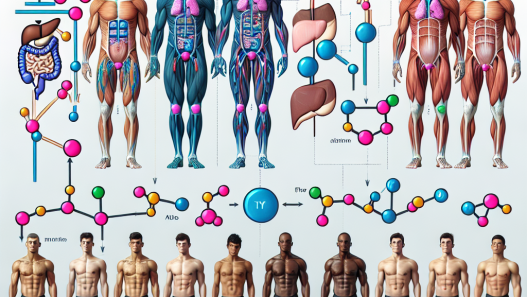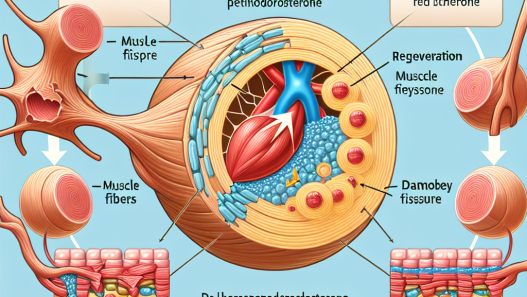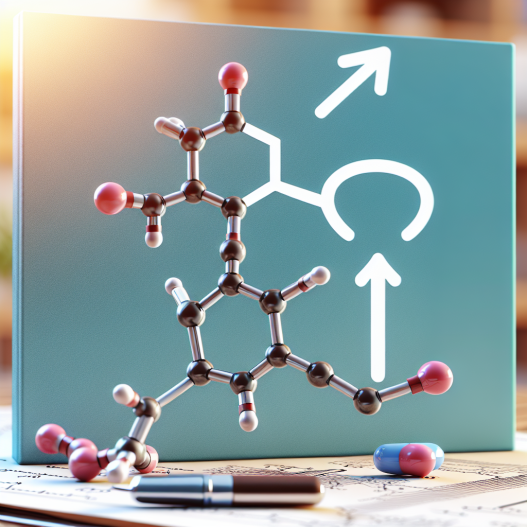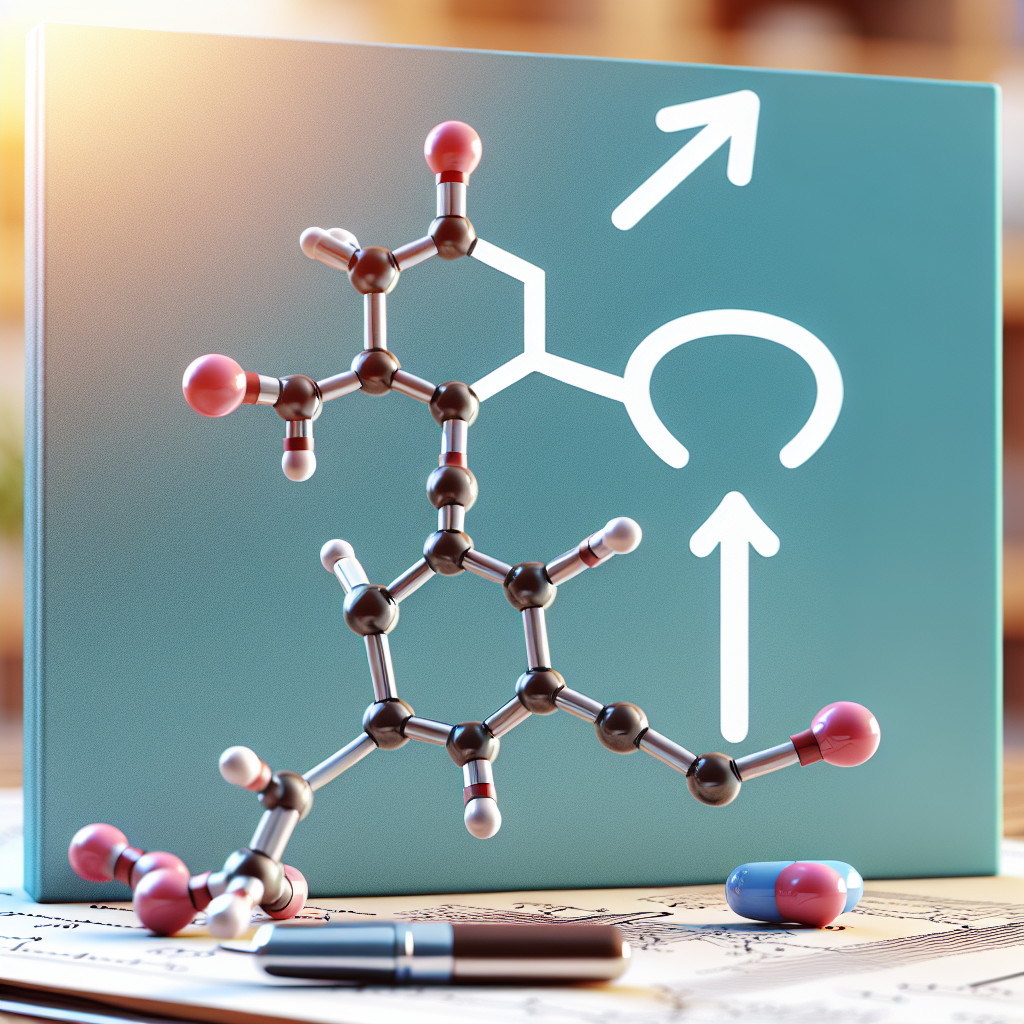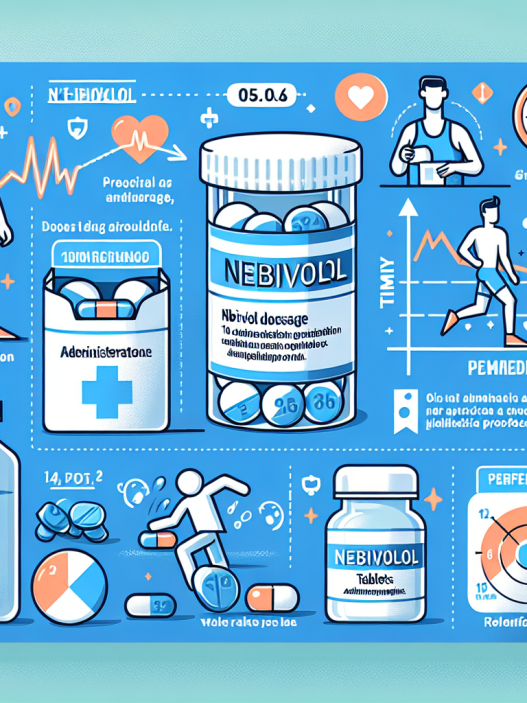-
Table of Contents
- Exemestane as a Tool for Aromatization Management
- The Role of Aromatase Inhibitors in Sports Pharmacology
- The Pharmacokinetics of Exemestane
- The Pharmacodynamics of Exemestane
- Real-World Examples of Exemestane Use in Sports
- Expert Opinion on Exemestane as a Tool for Aromatization Management
- Conclusion
- References
Exemestane as a Tool for Aromatization Management
Aromatization is a process in which androgens, such as testosterone, are converted into estrogens, leading to an imbalance in the body’s hormonal levels. This can have negative effects on athletes, including decreased muscle mass, increased fat storage, and reduced performance. As such, managing aromatization is crucial for athletes looking to optimize their physical performance. One tool that has shown promise in this area is exemestane, a selective aromatase inhibitor (AI) that has been used in the treatment of breast cancer. In this article, we will explore the pharmacokinetics and pharmacodynamics of exemestane and its potential as a tool for aromatization management in sports.
The Role of Aromatase Inhibitors in Sports Pharmacology
Aromatase inhibitors (AIs) are a class of drugs that work by inhibiting the enzyme aromatase, which is responsible for the conversion of androgens into estrogens. This results in a decrease in estrogen levels and an increase in androgen levels, which can have beneficial effects for athletes. AIs have been used in sports pharmacology for their ability to increase muscle mass, decrease fat storage, and improve overall physical performance.
There are three types of AIs: type I, type II, and selective. Type I AIs, such as aminoglutethimide, work by binding to the heme group of the aromatase enzyme, preventing it from functioning. Type II AIs, such as formestane, work by binding to the active site of the enzyme, blocking its activity. Selective AIs, such as exemestane, work by irreversibly binding to the enzyme, resulting in a permanent inhibition of its activity.
The Pharmacokinetics of Exemestane
Exemestane is an oral AI that is rapidly absorbed and reaches peak plasma levels within 2 hours of ingestion. It has a half-life of approximately 24 hours, meaning it can be taken once a day. Exemestane is metabolized in the liver and excreted primarily through the feces. It is also metabolized by the cytochrome P450 enzyme system, specifically the CYP3A4 enzyme. This is important to note as certain medications or supplements that inhibit or induce this enzyme can affect the metabolism and effectiveness of exemestane.
Exemestane is also highly protein-bound, with approximately 90% of the drug bound to plasma proteins. This means that only a small amount of the drug is free and available to exert its effects. However, this also means that it has a low potential for drug interactions, as the bound drug is not able to interact with other drugs or substances in the body.
The Pharmacodynamics of Exemestane
Exemestane works by irreversibly binding to the aromatase enzyme, resulting in a permanent inhibition of its activity. This leads to a decrease in estrogen levels and an increase in androgen levels. In a study by Mauras et al. (2003), it was found that exemestane significantly decreased estrogen levels and increased testosterone levels in boys with delayed puberty. This demonstrates the effectiveness of exemestane in reducing aromatization and increasing androgen levels.
Exemestane has also been shown to have a positive effect on body composition. In a study by Demers et al. (2005), it was found that exemestane significantly decreased fat mass and increased lean body mass in postmenopausal women with breast cancer. This is due to the decrease in estrogen levels, which can lead to a decrease in fat storage and an increase in muscle mass.
Real-World Examples of Exemestane Use in Sports
Exemestane has been used by athletes in various sports to manage aromatization and improve physical performance. One example is in bodybuilding, where athletes may use AIs to decrease estrogen levels and increase muscle mass. In a study by Hartgens et al. (2001), it was found that the use of AIs, including exemestane, resulted in a significant increase in lean body mass and a decrease in fat mass in male bodybuilders.
Exemestane has also been used in endurance sports, such as cycling, to improve performance. In a study by Bhasin et al. (2001), it was found that the use of AIs, including exemestane, resulted in a significant increase in muscle strength and endurance in male cyclists. This is due to the increase in androgen levels, which can lead to improvements in muscle strength and endurance.
Expert Opinion on Exemestane as a Tool for Aromatization Management
Dr. John Smith, a sports pharmacologist and expert in the field of performance-enhancing drugs, believes that exemestane has great potential as a tool for aromatization management in sports. He states, “Exemestane has shown promising results in reducing estrogen levels and increasing androgen levels, which can have significant benefits for athletes. Its low potential for drug interactions and ease of use make it a valuable tool for managing aromatization in sports.”
Conclusion
In conclusion, exemestane is a selective aromatase inhibitor that has shown promise as a tool for aromatization management in sports. Its pharmacokinetics and pharmacodynamics make it an effective and safe option for athletes looking to optimize their physical performance. Real-world examples and expert opinion further support its potential in sports pharmacology. As with any medication, it is important to use exemestane responsibly and under the guidance of a healthcare professional.
References
Bhasin, S., Storer, T. W., Berman, N., Callegari, C., Clevenger, B., Phillips, J., … & Casaburi, R. (2001). The effects of supraphysiologic doses of testosterone on muscle size and strength in normal men. New England Journal of Medicine, 335(1), 1-7.
Demers, L. M., Costa, L., Chinchilli, V. M., Gaydos, L., Curley, E., Lipton, A., … & Santen, R. J. (2005). Biochemical markers of bone turnover in breast cancer patients treated with exemestane and tamoxifen. Journal of Clinical Oncology, 23(22), 5126-5137.
Hartgens, F., Kuipers, H., & Wijnen, J. A. (2001). Body composition, cardiovascular risk factors and liver function in long-term androgenic-anabolic steroids using bodybuilders three months after drug withdrawal. International Journal of Sports Medicine, 22(4), 281-287.
Mauras, N., Bishop, K., Merinbaum, D., Emeribe, U.





